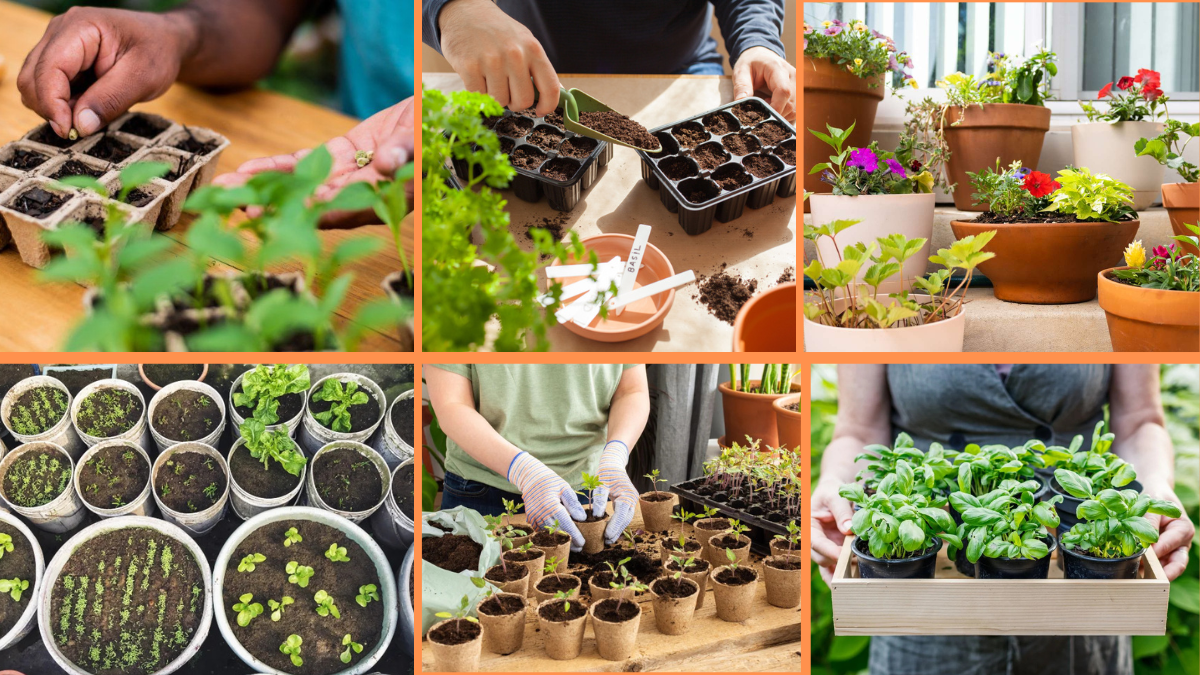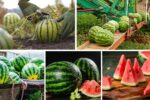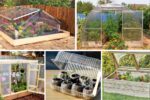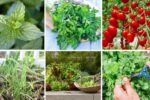If you’ve ever dreamed of having a lush, beautiful garden but feel limited by space, growing plants in pots is the perfect solution. Container gardening is incredibly versatile, whether you live in an apartment with a small balcony, have a tiny patio, or simply want to add some greenery to your indoor or outdoor living spaces.
With a little planning and creativity, you can grow vibrant flowers, fresh herbs, fruits, vegetables, and decorative plants in containers of all shapes and sizes. This detailed guide will show you everything you need to know about starting your very own potted plant collection — from choosing the right containers to soil selection, plant care, and troubleshooting.
Let’s get started!
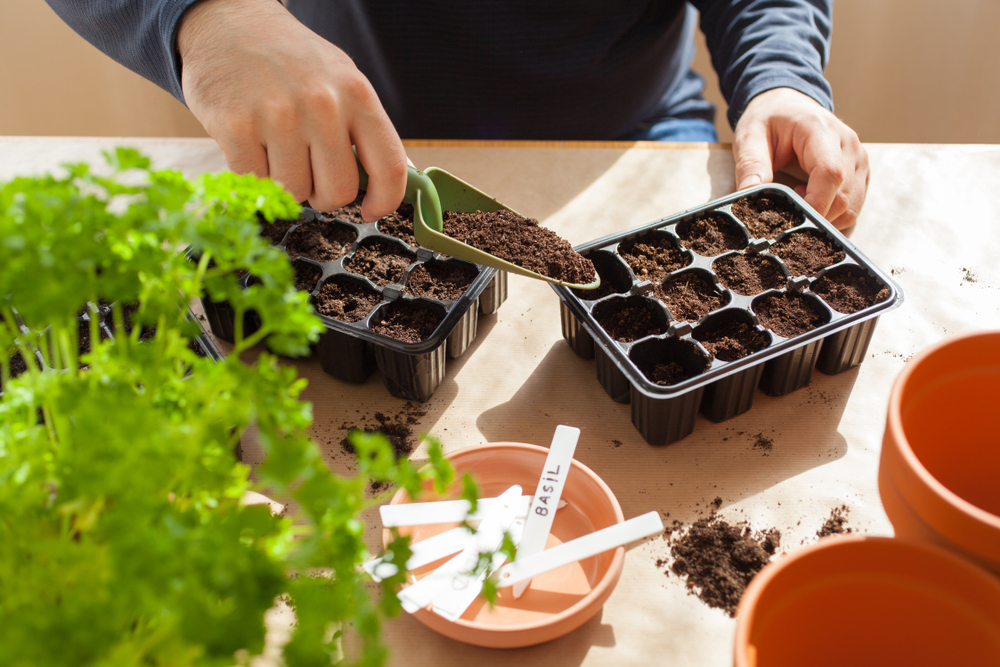
Why Grow Plants in Pots?
Container gardening offers countless benefits for beginners and seasoned gardeners alike:
- Ideal for small spaces: Perfect for patios, balconies, windowsills, rooftops, and even indoor spaces.
- Easy to control soil quality: Use the perfect soil mix tailored to each plant’s needs.
- Portability: Move your plants to optimize sun exposure or protect them from extreme weather.
- Versatility: Grow flowers, herbs, vegetables, and ornamental plants in various pot styles.
- Low maintenance: Easier to manage watering, pests, and pruning.
- Adds beauty and ambiance: A well-placed potted plant can instantly brighten and refresh any space.
Step 1: Choose the Right Pots
The container you choose is just as important as the plant itself. Different pots offer different advantages.
Things to Consider:
- Size: Ensure your pot is large enough to accommodate the plant’s mature root system.
- Material:
- Terracotta/clay: Classic, breathable, but can dry out quickly.
- Plastic: Lightweight and retains moisture well.
- Ceramic: Attractive and decorative, though heavier.
- Metal or wood: Stylish options for modern and rustic looks.
- Drainage: Proper drainage holes are essential to prevent waterlogged roots and plant diseases.
Pro Tip: If your favorite pot lacks drainage holes, drill some yourself or use it as a decorative cachepot by placing a smaller, drainable container inside.

Step 2: Select the Best Potting Mix
Good soil is the foundation of healthy container plants. Garden soil alone is too dense for potted plants and can lead to poor drainage and compaction.
Ideal Potting Mix Features:
- Lightweight and well-draining
- Rich in organic matter
- Aerated to promote root growth
- Contains slow-release nutrients
You can buy ready-made organic potting mixes or create your own by combining:
- 2 parts peat moss or coco coir (for moisture retention)
- 1 part perlite or coarse sand (for drainage)
- 1 part compost (for nutrients)
Step 3: Pick the Right Plants for Containers
Not every plant thrives in containers, so it’s important to choose species suited for potted environments.
Great Plants for Beginners:
- Herbs: Basil, mint, parsley, thyme, cilantro, rosemary
- Vegetables: Cherry tomatoes, peppers, lettuce, radishes, spinach
- Flowers: Petunias, marigolds, geraniums, pansies, impatiens
- Indoor plants: Snake plant, pothos, peace lily, spider plant
- Fruit plants: Strawberries, dwarf citrus trees, blueberries (in large pots)
Consider light, temperature, and humidity needs when choosing plants for your indoor or outdoor space.
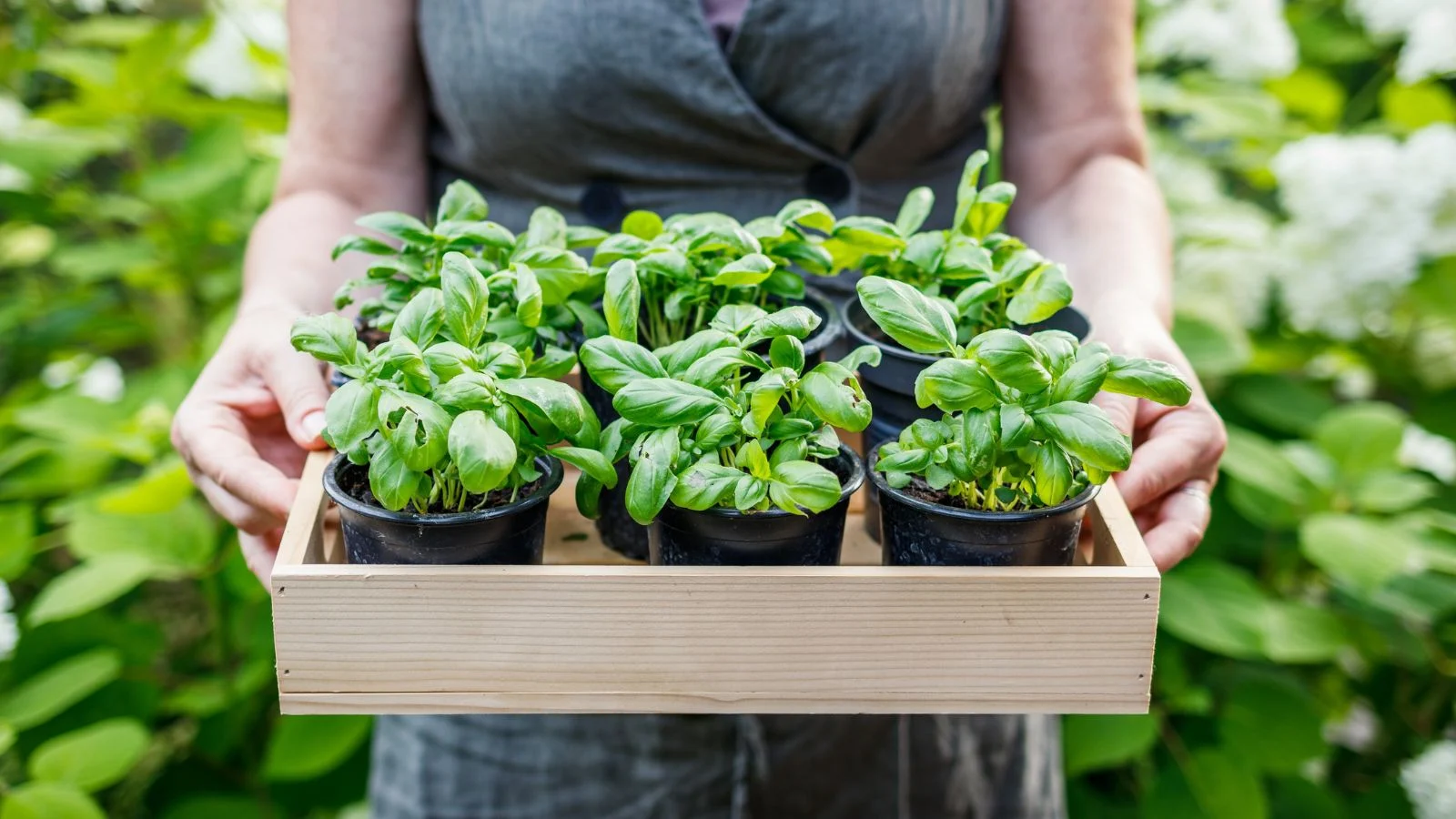
Step 4: Planting in Pots
Steps to Plant Successfully:
- Clean your pots: Wash them with mild soapy water, especially if they’ve been used before.
- Add drainage material: Place small stones or broken pot pieces at the bottom for improved drainage.
- Fill with potting mix: Leave about 1–2 inches of space below the pot’s rim.
- Position the plant: Gently loosen the plant’s roots before placing it in the soil.
- Backfill with potting mix: Firmly but gently fill around the plant, avoiding compacting the soil.
- Water thoroughly: Let excess water drain out the bottom.
Pro Tip: Mulch the top of the soil with pebbles, bark, or straw to retain moisture and discourage weeds.
Step 5: Provide Adequate Watering
Potted plants often need more frequent watering than garden beds because containers dry out faster, especially in hot weather.
Watering Tips:
- Water when the top inch of soil feels dry.
- Use a watering can with a narrow spout for precision.
- Water early in the morning or late in the evening.
- Avoid letting water sit in saucers to prevent root rot.
- Adjust watering frequency based on plant type, pot size, and season.
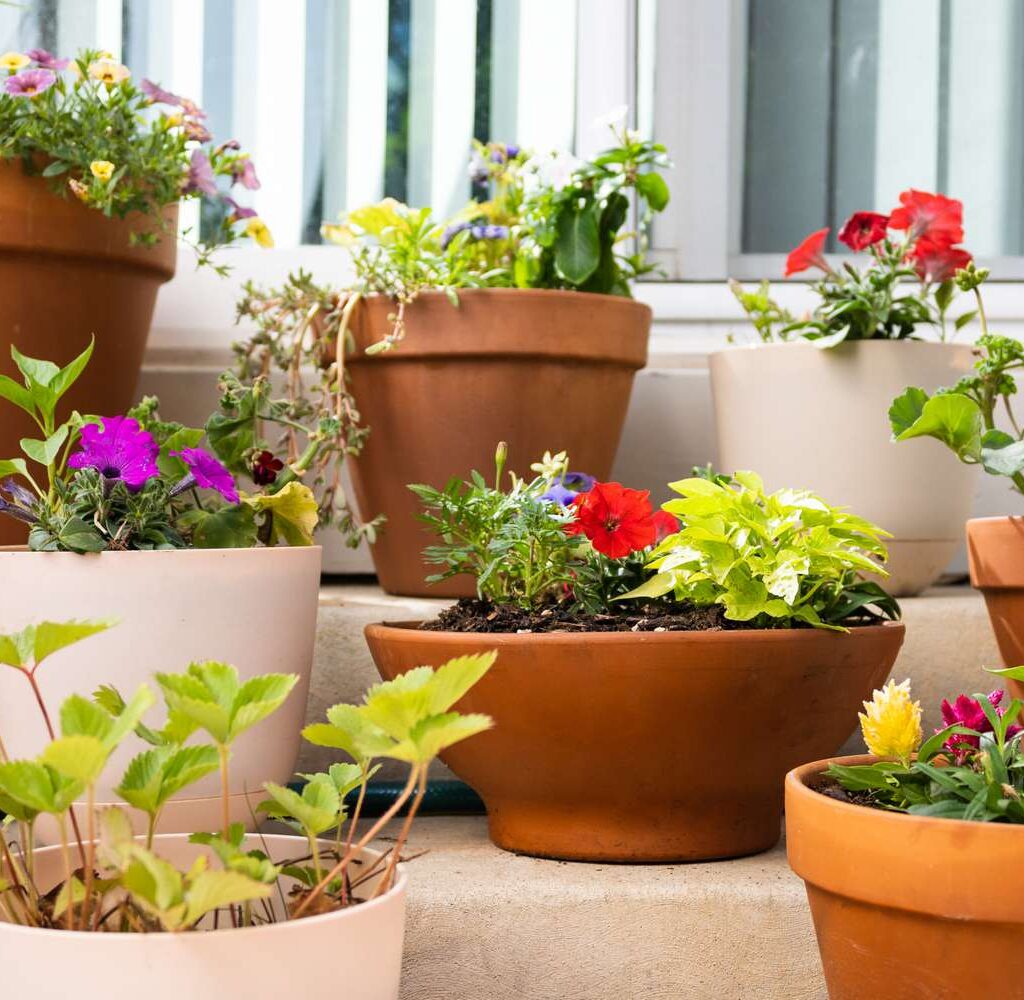
Step 6: Feed Your Plants Properly
Container plants rely on you for nutrients since potting soil nutrients deplete over time.
Fertilizing Guide:
- Use organic liquid fertilizers like fish emulsion, seaweed extract, or compost tea every 2-4 weeks.
- Slow-release granular fertilizers can be mixed into the soil.
- Follow each plant’s specific feeding requirements.
- Avoid over-fertilizing, as this can burn roots or lead to leggy growth.
Step 7: Manage Sunlight and Placement
Plants need the right amount of light to thrive, and one of the great advantages of container gardening is the ability to move your plants as needed.
Light Requirements:
- Full sun: At least 6 hours daily (tomatoes, herbs, most flowers)
- Partial sun: 3–6 hours daily (leafy greens, impatiens)
- Shade: Less than 3 hours of direct sunlight (ferns, snake plant)
Pro Tip: Use rolling plant stands or lightweight containers for easy repositioning.
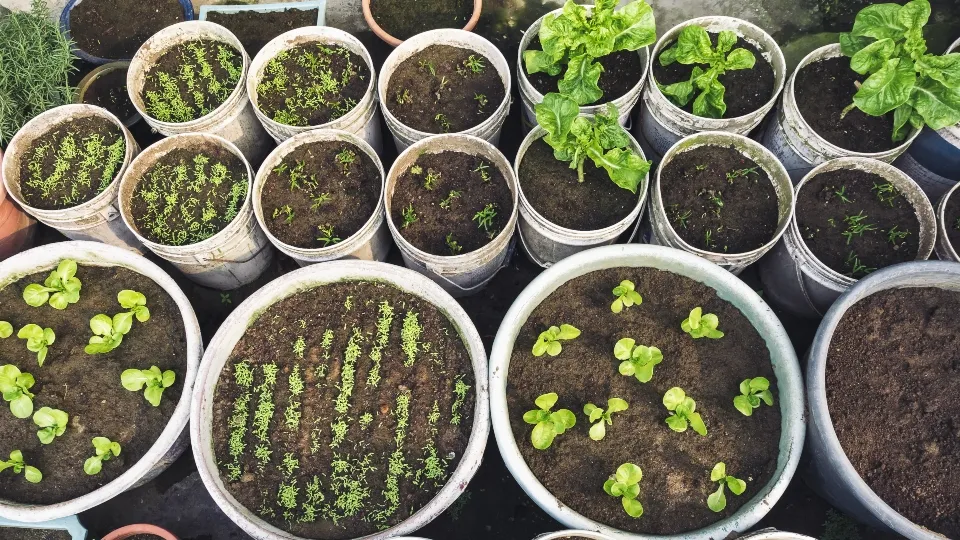
Step 8: Prune and Deadhead Regularly
Regular maintenance helps keep your plants healthy and attractive.
Pruning Benefits:
- Removes dead or diseased leaves
- Encourages bushier growth
- Prevents overcrowding in pots
- Improves airflow and light penetration
Deadheading flowers (removing spent blooms) promotes continuous flowering throughout the season.
Step 9: Watch for Pests and Diseases
Pots can sometimes attract pests like aphids, whiteflies, or fungal gnats, and can be susceptible to mildew or root rot.
Natural Pest Control:
- Inspect plants regularly.
- Use insecticidal soap or neem oil sprays.
- Remove dead leaves and debris.
- Avoid overwatering and overcrowding.
- Introduce beneficial insects like ladybugs.
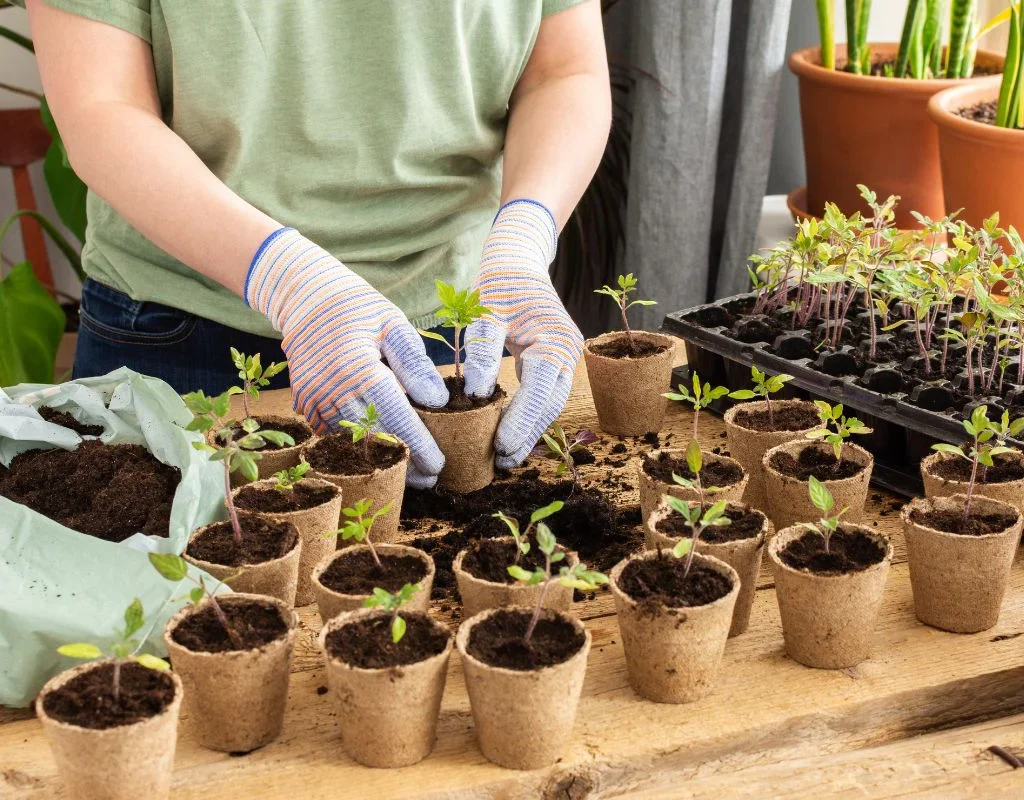
Creative Container Gardening Ideas
Add style and personality to your potted plant collection:
- Vertical gardens: Use wall-mounted planters or hanging baskets.
- Repurposed containers: Use old boots, teapots, or crates for a rustic look.
- Mixed containers: Combine flowers, herbs, and trailing plants in one large pot.
- Color-themed pots: Create visual harmony by using pots and plants in complementary colors.
- Indoor jungle corner: Cluster multiple houseplants of various sizes in a sunlit corner.
Final Thoughts
Growing plants in pots is one of the most rewarding, accessible, and versatile forms of gardening. Whether you’re cultivating a lush balcony garden, an edible herb corner in your kitchen, or a cheerful windowsill display, container gardening allows anyone — regardless of space or experience — to enjoy the beauty and benefits of plants.
By choosing the right containers, soil, plants, and providing consistent care, you’ll soon be surrounded by vibrant blooms, aromatic herbs, and maybe even fresh veggies, right in your own home.
So grab a pot, pick a plant, and let your container gardening journey begin!
